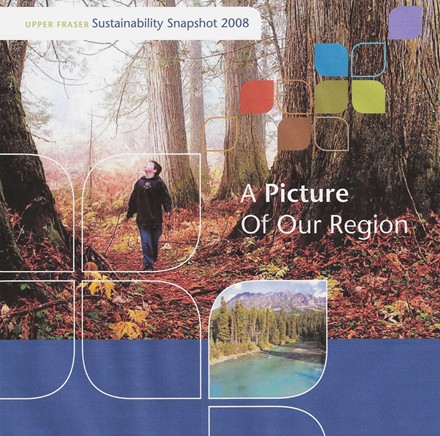Regional Sustainability Report Released
By 250 News

Prince George, B.C. - The Fraser Basin Council has released a sustainability snapshot of the Upper Fraser region.
The report looks at a number of indicators to assess the region's development, and future challenges.
Among the indicators examined, are Aboriginal & Non-Aboriginal Relations, Air & Water Quality, Consumption & Waste, Forests & Forestry, Employment & Income, Fish & Wildlife, and Health.
The report notes that while there has been a downturn in the forestry sector and a 6% overall decrease in population, there are still positive economic indicators. Average income varies by sub-region, but overall is comparable to the rest of the province. There is a smaller proportion of low-income households in the Upper Fraser than in BC and the Fraser Basin overall.
Here are some other highlights of the report:
Air Quality:
-
There have been substantial improvements in Total Reduced Sulphur compounds (TRS) readings since 1980. TRS dropped from an annual average of 5.9 ug/m3 to 1.9 ug/m3 and there were fewer days in which TRS exceeded (was worse than) provincial objectives. TRS is mainly an aesthetic problem, characterized by an objectionable “rotten egg” smell in the air.1
Life Expectancy:
-
has increased 2% in the past decade although not as significantly as in the rest of BC,and there remain various health risks of particular concern, including cancer, which is a leading cause of death.
Unlike the Upper Fraser population as a whole, the number of Aboriginal people has increased. The health of Aboriginal people, however, still lags behind that of non-Aboriginals in several respects. A challenge ahead is to continue to forge stronger relationships between Aboriginal and non-Aboriginal communities. To date, there areno ratified treaties, but there are agreements, including natural resource agreements that demonstrate progress.
Forestry, including manufacturing of forest products, remains a significant economic engine of the Upper Fraser, but one that is vulnerable to fluctuating market demand. Forest health, moreover, has been seriously damagedby mountain pine beetle infestation. Beetle kill has offered short-term harvesting opportunities in the region, but the recovery of forests will take time. Long-termemployment in forestry is uncertain. One thing seems clear: resilience is important for Upper Fraser communities, and economic diversification is a component.
Vanderhoof is the least "diverse" community in the region, followed by Burns Lake and Prince George.
The economy of the region includes agriculture, tourism, manufacturing ( which includes forestry) and retail services as well as natural resource sectors. Prince George is a vital transportation hub, and has a significant inland port for shipping rail freight and an expanded airport.
There are concerns, as energy consumption and solid waste disposal in landfills are increasing. Prince George also has the second highest water consumption rates in the province.
There is good news: the region has the best water quality in the Fraser Basin, particularly in the Robson Valley. There are, however, habitat and ecosystem concerns, and species that are facing difficulty. These include Woodland Caribou, Early and Late Stuart Sockeye, Endako Chinook and Nechako White Sturgeon.
Climate change is a critical overarching threat and may prove one of the greatest tests of resilience, now and in the decades ahead. There are dual challenges:
- reducing greenhouse gas emissions to slow climate change, and
- adapting to climate change to limit its impacts on communities.
-
Previous Story - Next Story
Return to Home










